Botulinum toxin type A, or as it’s fondly known, Botox, is one of the most popular line-smoothing cosmetic medicine treatments. The global Botulinum Toxin market is projected to grow to $5.68 billion by 2028, and from relaxing frown lines to blurring the look of a crow’s feet, nothing comes close. Turning 23 this month, find out how this game-changing, age eraser has evolved over the past two decades, says editor Trudi Brewer.
Image Instagram
Botox is a brilliant lunchtime treatment for relaxing lines and delivering results within days. Its medical use dates back to the 1970s, discovered by American ophthalmologist Dr Alan Scott, an ophthalmologist who specialised in eye muscles and their disorders he used Botulinum Toxin to treat strabismus-crossed eyes. It was during that time he and others noticed that Botox also relaxed the look of wrinkles in the glabella (the skin between the eyebrows and above eyebrows and above the nose). Fast forward 30 years and Allergan, the new owner was the first company to license the treatment, of Botox, which received FDA approval for a variety of medical and cosmetic use.
The rise of Botox as a cosmetic treatment
Once Botox was FDA-approved, Botox became the topic of discussion in beauty circles. While many of us were still sceptical, at that time I worked in the magazine industry and was invited to the Versace Hotel on the Gold Coast for a media Botox love in of sorts. Not only could I get a shot on that trip, it suddenly became a topic of fascination for me. It helped that celebrities also got on board to share its line erasing benefits. Personalities like Sharon Osbourne admitted to having Botox on her talk show in 2003 (and had a procedure done in front of a live studio audience). The Real Housewives of Orange County star Vicki Gunvalson was seen getting injections in the show's opening credits in 2006. And the queen of plastic surgery, Joan Rivers' revealed in her 2008 book, Men Are Stupid...And They Like Big Boobs: A Woman's Guide to Beauty Through Plastic Surgery, dubbed Botox a “miracle in a needle.” Those accolades helped Allergan post a profit of $439.7 million in net sales in 2003, and changed the way women managed ageing.
Today Dr Joanna Romanowska, from Auckland’s Clinic 42 says the rise of Botox has been an interesting evolution. “Initially, there was zero awareness of the availability of injectable procedures for appearance enhancement. Then, once Botox gained FDA approval for cosmetic use 20 years ago and was marketed aggressively, awareness increased. During that time there has been an increase in people (both men and women) choosing to have it as a cosmetic treatment.”
Botox is now classed as a cosmetic treatment
Today, Botox’s line smoothing abilities appeal to all women including millennials. Seeking treatments as a preventative approach to ageing, rather than the last gasp in the battle against time. This has helped Botox become a household name. Today the "less is more" approach with Botox, is what women want. Rather than that 'frozen look,’ today a more natural result using Botox combined with dermal fillers means people can still have facial expressions and look their best, says Dr Romanowska. “Most people want to look natural, a better version of themselves, and not turn into monstrosities, so with that comes growing acceptance, especially in the case of younger people choosing treatments to delay ageing.” From treating masseter muscle (overactive jaw muscles), reshaping the face, to hiding a gummy smile, softening lip lines, and under the nose (to lift the tip of the nose), on the lash line (to even out the eyes if one is smaller than the other), the uses of Botox cosmetically are unlimited. It’s beneficial for therapeutic purposes too. Botox injections treat excessive sweating, migraines, as well as overactive bladders.
The misconceptions
Botox has had a remarkable history including safety. Used widely for certain neurological and pain conditions as well as hypersalivation (sialorrhoea, drooling) for children with severe cerebral palsy, to cervical dystonia a painful condition, where your neck muscles contract causing your head to twist or turn. Cosmetically, Dr Romanowska says it relaxes muscles and allows the overlying skin to recover and repair any damage caused by decades of repeated scrunching. It can also be used to change expression, by affecting targeted muscle groups,” She adds Botox can change the way the world views you. “Frown lines can make you appear grumpy even when you're merely concentrating. The most efficient way to treat frown lines is with botulinum toxin, and this does not mean that you will appear completely immobilised, we can soften excessive movement while maintaining expression.” The only downside, Botox is not an instant treatment. It takes a few days to notice results, after treatment, for most, it’s between three to five days, and the results will last between four to six months.
The take-home
From my experience, Botox has become more than a line-erasing treatment, it’s a brilliant confidence-booster, and a great way to prevent lines from etching into your face permanently. It’s also not as costly as most think, with pricing starting around $150 per treatment. Sold in units, the number of units needed for each Botox treatment depends on how many areas need treating. For example, the frown lines or the 11-line between the eyes and above the nose may require 20 units. That means the cost varies from $150-$300 per unit. Cosmetically applied, Botox is safe when performed by an experienced injector, this I can’t stress enough. However, like all treatments, there can be side effects but they’re rare. These include swelling or bruising, a droopy eyelid, or that “Spock-looking” brow. Also, Botox is not recommended if you’re pregnant, planning to become pregnant, or breastfeeding.


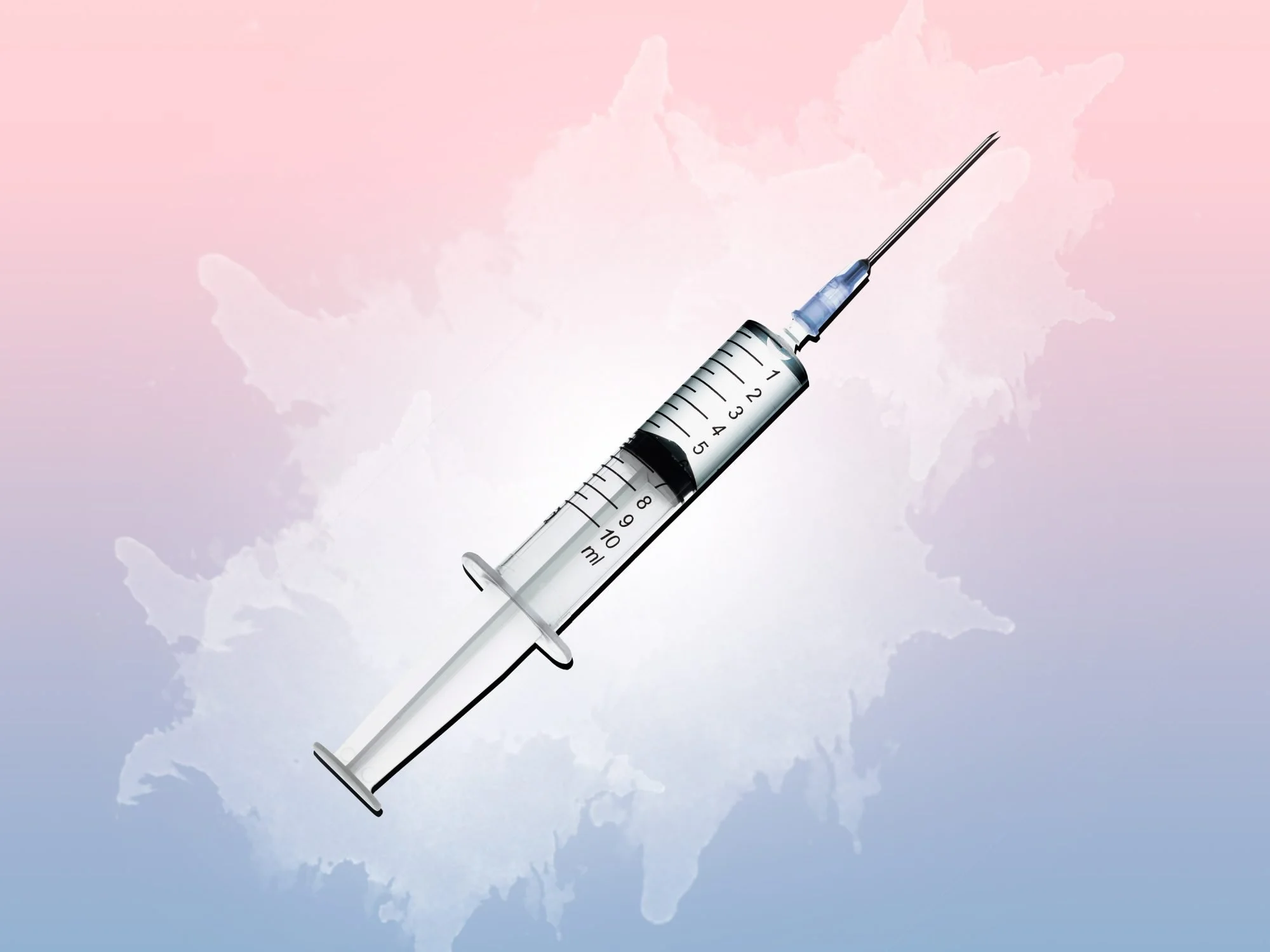

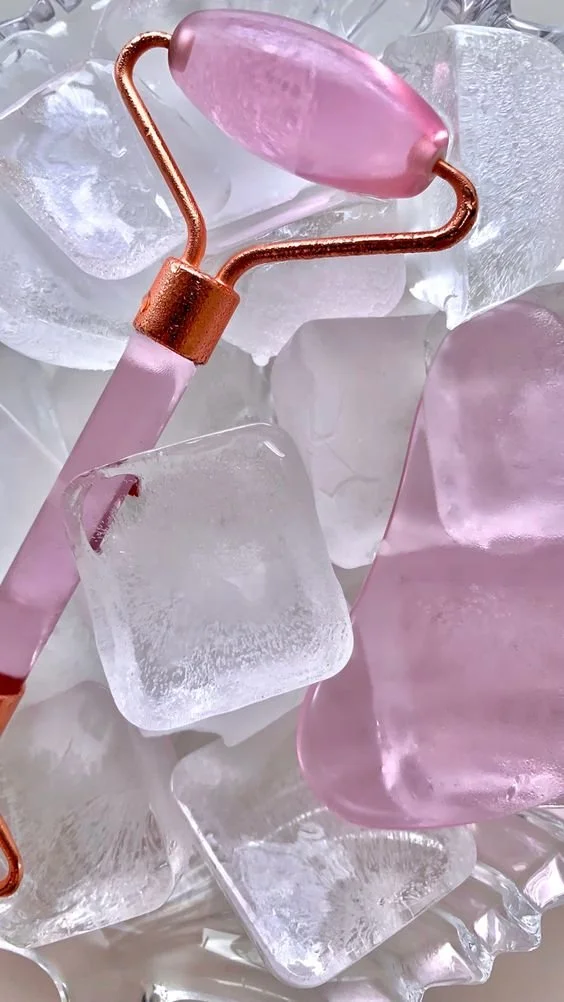
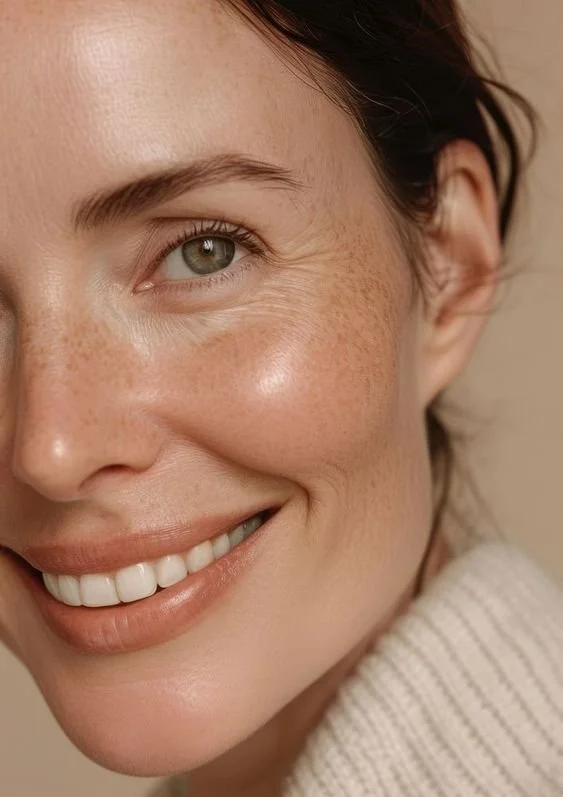
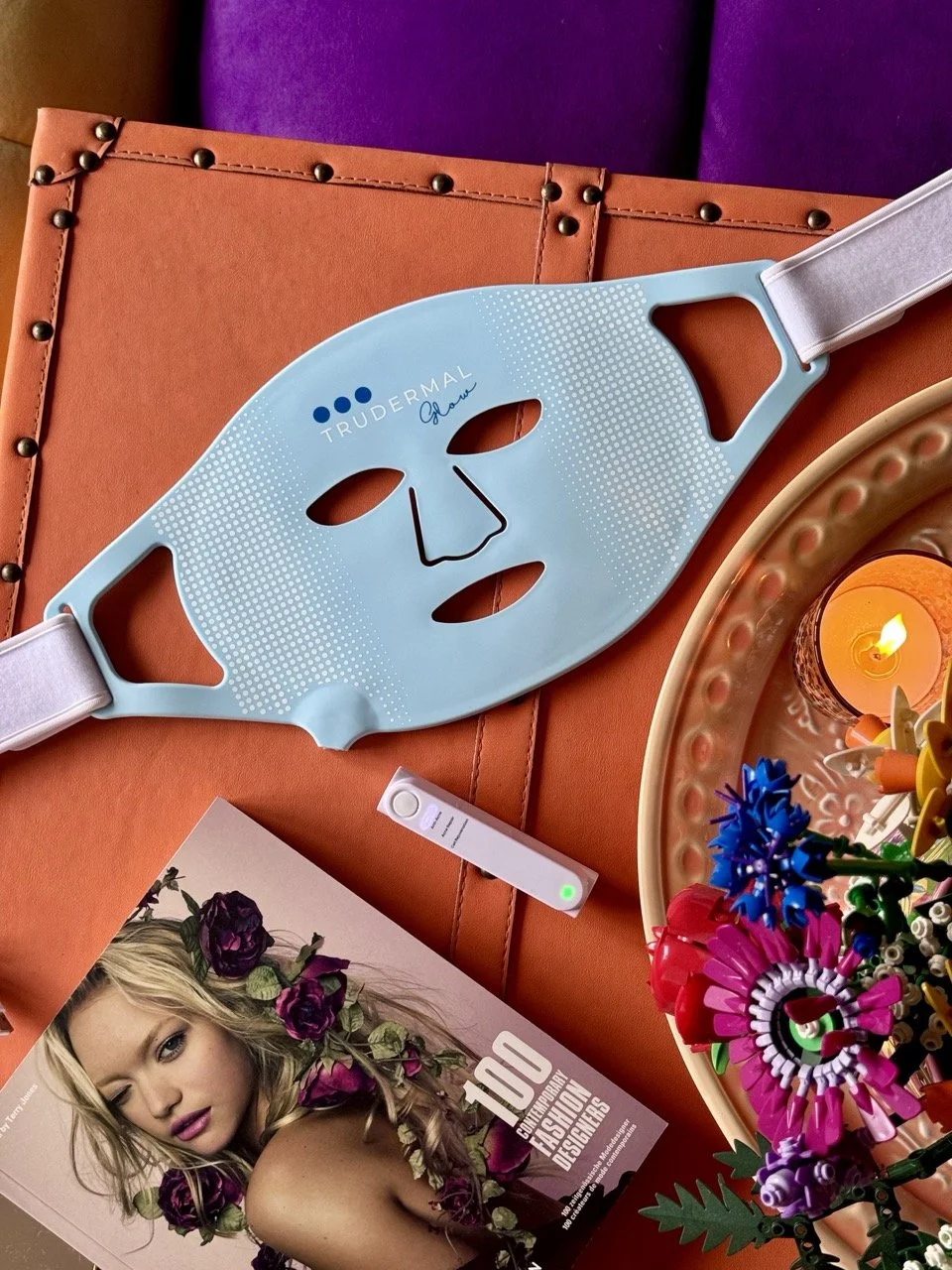
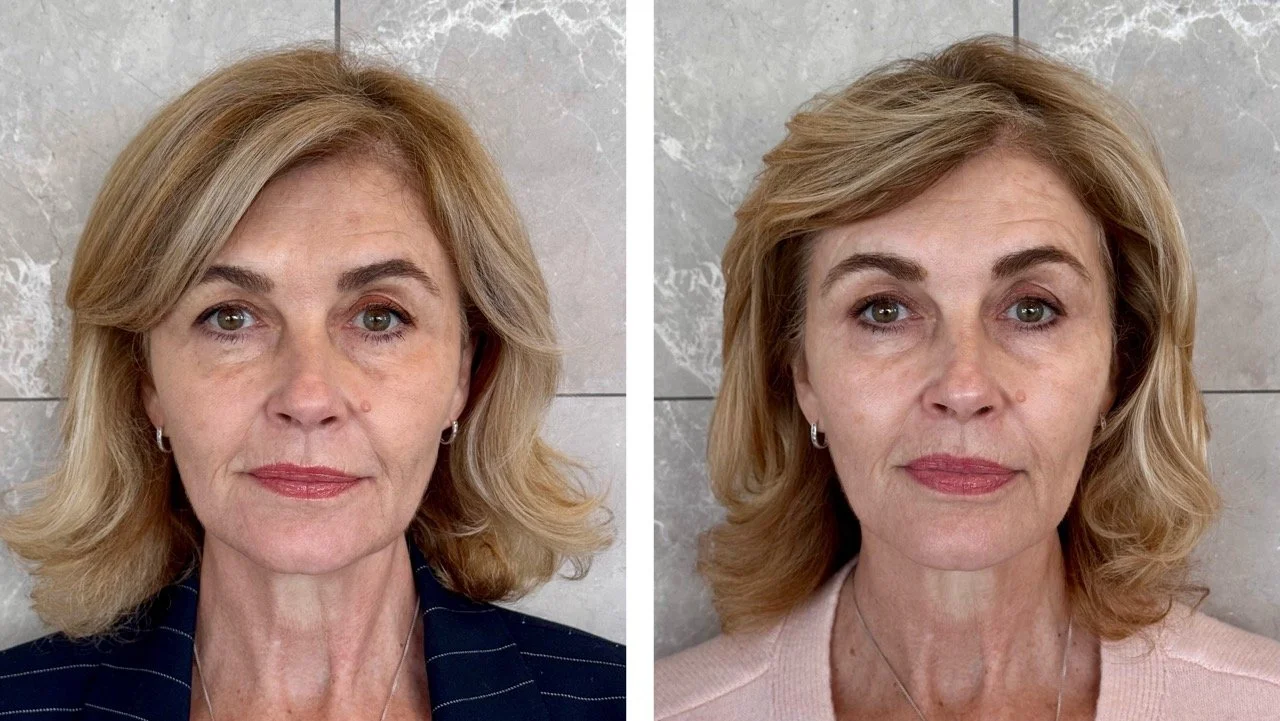

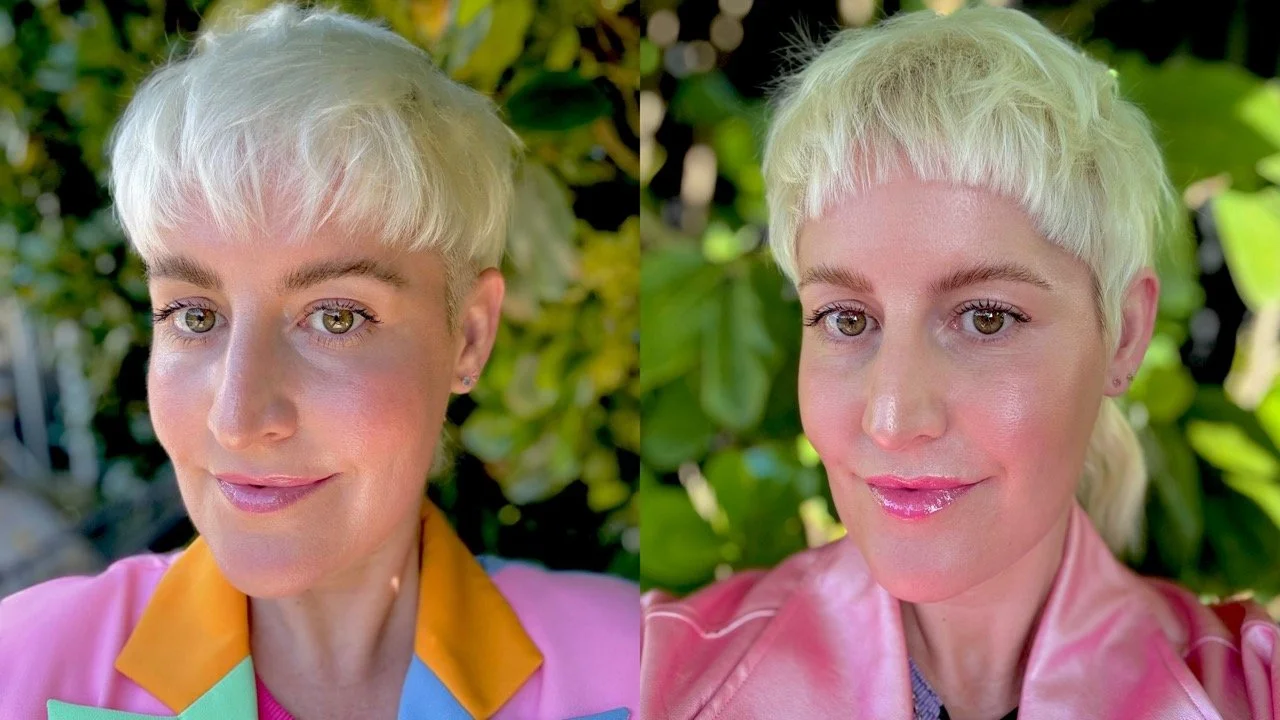

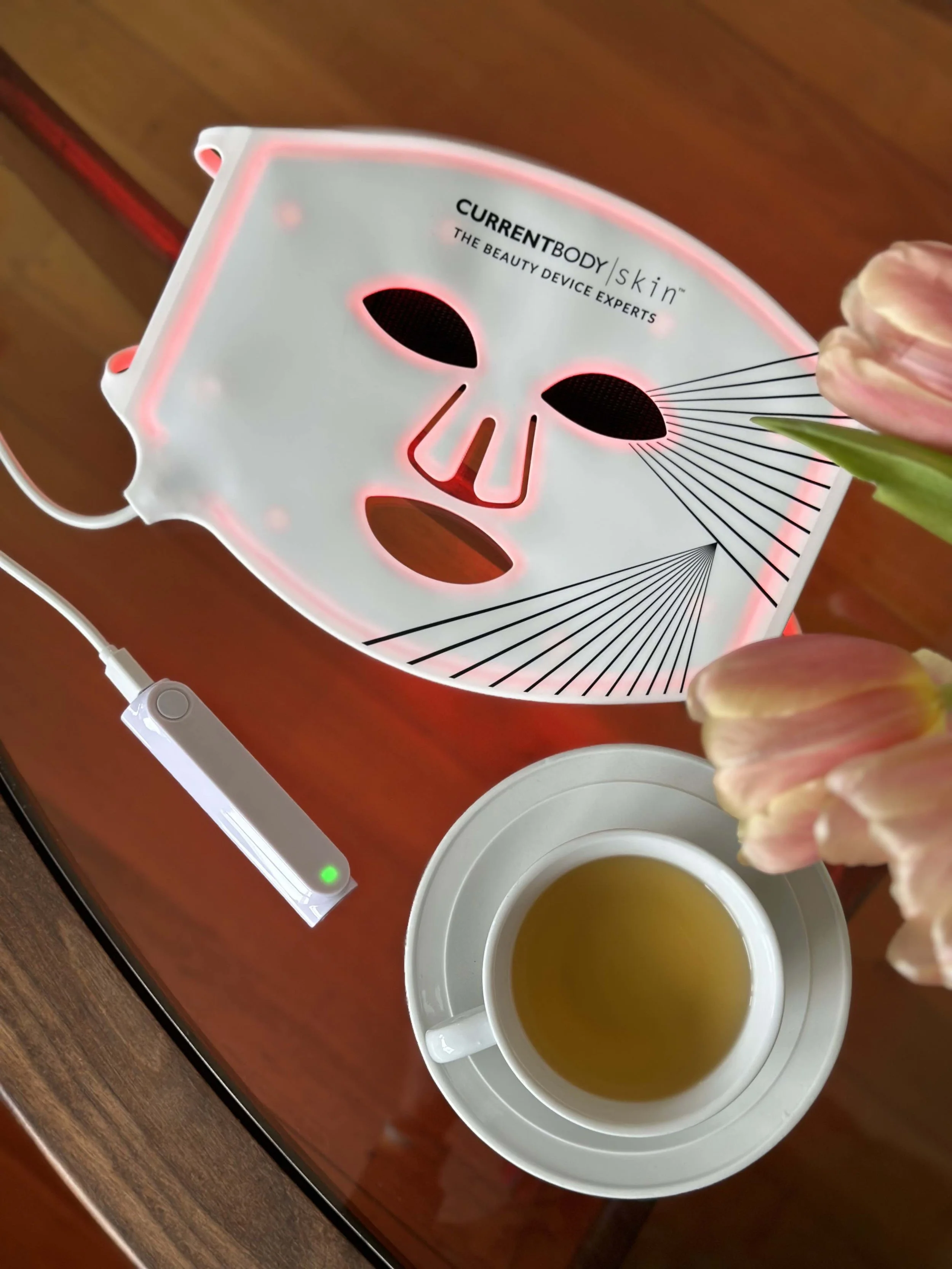





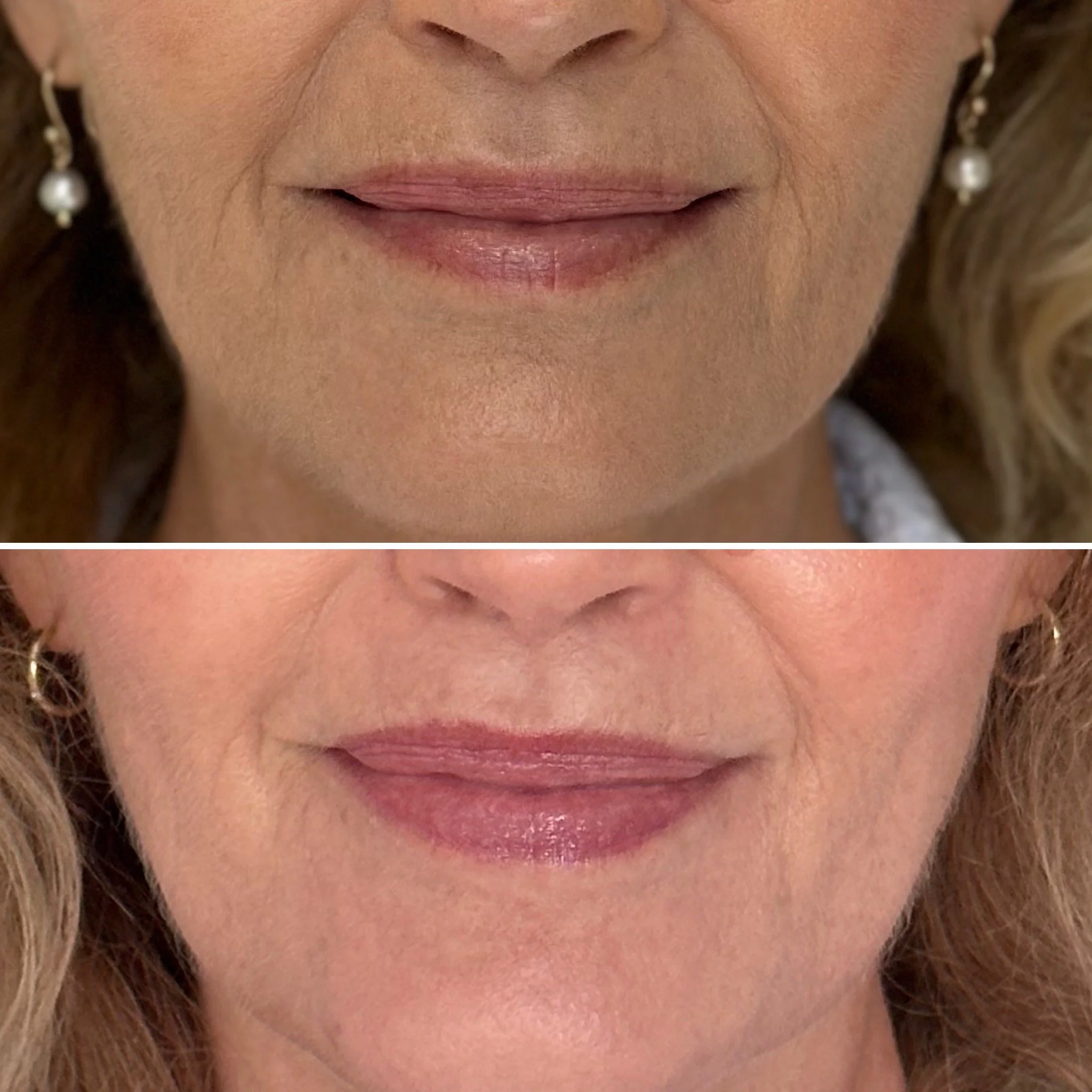



Here is expert advice.